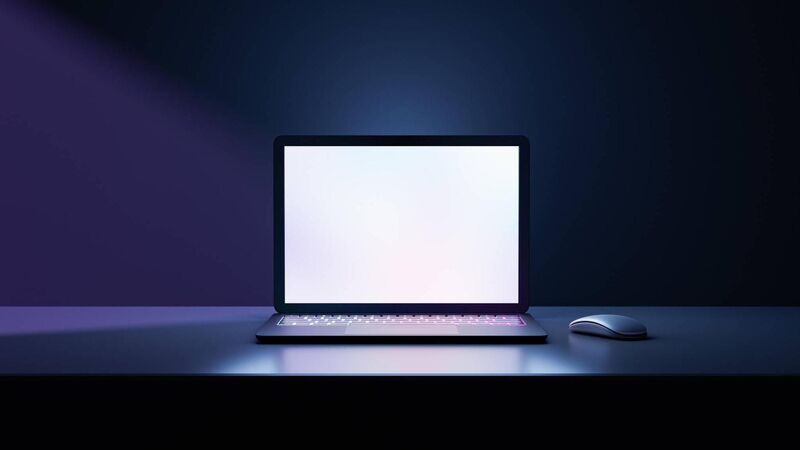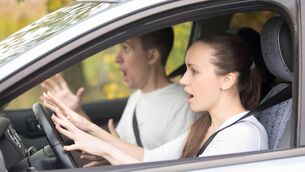Holly Bourne: Porn is normalising violent sex against women. Why can’t we talk about it?

Research estimates that at least one in three popular porn videos show acts of physical aggression and violence. Women were the targets of this violence 97% of the time.







